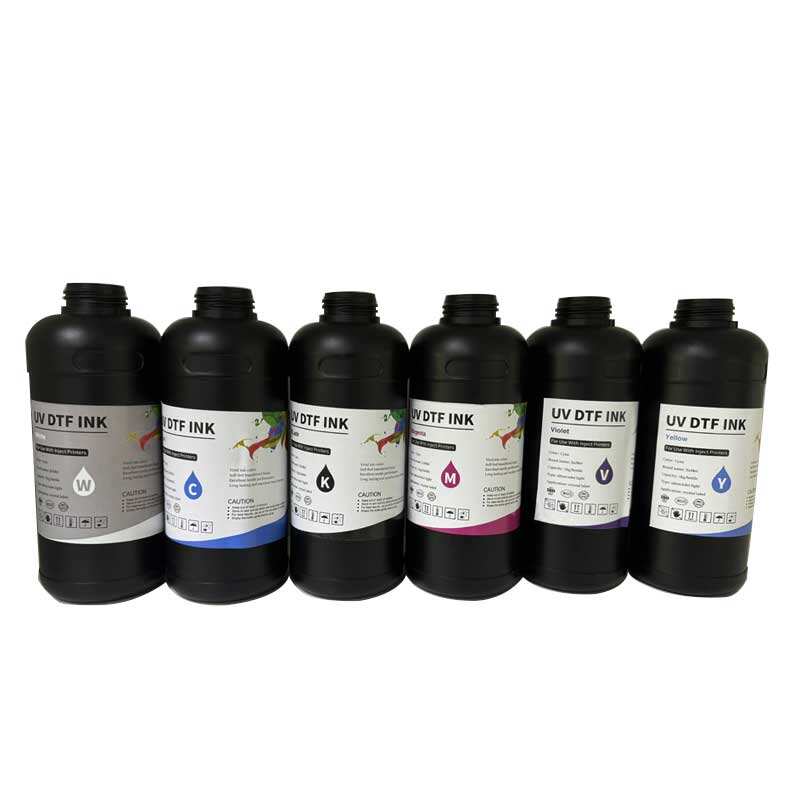Understanding the Science Behind UV Ink Curing Challenges
UV ink curing represents a critical process in modern printing technology, where ultraviolet light triggers a photochemical reaction that instantly transforms liquid ink into a solid, durable finish. While this technology offers numerous advantages, including rapid production speeds and environmental benefits, printing professionals often encounter various curing challenges that can compromise print quality and production efficiency.
The complexity of UV ink curing stems from the delicate balance between multiple factors: UV lamp intensity, exposure time, ink chemistry, substrate characteristics, and environmental conditions. When any of these elements falls out of alignment, it can lead to significant printing defects and production delays.
Common UV Ink Curing Defects and Their Root Causes
Inadequate UV Lamp Performance
UV lamp degradation often occurs gradually, making it challenging to detect until print quality issues become apparent. Lamps typically lose intensity over time, and their effectiveness can be further compromised by dirt accumulation or improper maintenance. Regular monitoring of lamp output and maintaining a consistent replacement schedule are essential for optimal curing performance.
Environmental factors such as ambient temperature and humidity can also impact lamp performance. High humidity levels may create a barrier between the UV energy and the ink surface, while extreme temperatures can affect both lamp output and ink chemistry.
Incorrect Ink Formulation and Application
The chemistry of UV inks must be precisely balanced to achieve proper curing. Ink film thickness plays a crucial role – too thick, and the UV light cannot penetrate to cure lower layers; too thin, and the surface may not achieve desired properties. Additionally, ink compatibility with both the substrate and the UV system specifications is paramount.
Pigment concentration and photoinitiator levels must be optimized for each application. Excessive pigmentation can block UV penetration, while insufficient photoinitiators may result in incomplete curing, leading to tacky surfaces and poor adhesion.

Advanced Troubleshooting Techniques for UV Curing Issues
Systematic Performance Assessment
Implementing a methodical approach to troubleshooting begins with establishing baseline performance metrics. This includes regular measurement of UV energy output, documentation of optimal operating parameters, and systematic evaluation of cured ink properties. Using UV radiometers and adhesion testing equipment provides quantitative data for identifying potential issues before they impact production.
Advanced monitoring systems can track multiple parameters simultaneously, allowing operators to identify patterns and correlations between various factors affecting curing quality. This data-driven approach enables proactive maintenance and optimization of the curing process.
Environmental Control Strategies
Creating and maintaining optimal environmental conditions is crucial for consistent UV ink curing. Temperature control systems, humidity regulators, and proper ventilation play vital roles in achieving reliable results. Installing environmental monitoring equipment helps maintain ideal conditions throughout the production cycle.
Air movement around the curing area must be carefully controlled to prevent oxygen inhibition, which can interfere with surface curing. Strategic placement of air handling equipment and the use of inert atmosphere systems can significantly improve curing efficiency.
Optimization Techniques for Superior Curing Results
Advanced Equipment Calibration
Regular calibration of UV curing equipment ensures optimal performance and consistency. This includes proper focusing of UV lamps, alignment of reflectors, and verification of conveyor speeds. Advanced calibration tools and procedures help maintain precise control over the curing process.
Modern UV systems often incorporate automated calibration features and real-time monitoring capabilities. These technologies enable continuous optimization of curing parameters based on actual production conditions and requirements.
Material Selection and Processing Parameters
Choosing appropriate materials and establishing optimal processing parameters significantly impacts curing success. This includes selecting compatible ink and substrate combinations, determining correct lamp power settings, and establishing appropriate line speeds. Regular testing and validation of these parameters ensure consistent results.
Advanced material testing protocols can help identify potential compatibility issues before production begins. This proactive approach minimizes waste and ensures higher production efficiency.
Future Trends in UV Curing Technology
Emerging UV LED Solutions
The evolution of UV LED technology continues to transform the curing landscape. LED systems offer numerous advantages, including longer service life, reduced energy consumption, and more precise control over the curing process. As this technology advances, new opportunities for improved efficiency and quality emerge.
Integration of smart controls and IoT capabilities enables predictive maintenance and automated optimization of curing parameters. These innovations help maintain consistent quality while reducing operational costs and environmental impact.
Sustainable Curing Solutions
Environmental considerations are driving development of more sustainable UV curing technologies. This includes formulation of eco-friendly inks, energy-efficient curing systems, and reduced waste processes. The industry continues to evolve toward more environmentally responsible solutions without compromising performance.
Advanced recycling technologies and circular economy approaches are being integrated into UV curing operations, creating more sustainable printing processes for the future.
Frequently Asked Questions
What causes UV ink to remain tacky after curing?
Tacky UV ink typically results from incomplete curing, which can be caused by insufficient UV energy exposure, incorrect ink formulation, or excessive ink film thickness. Ensuring proper lamp intensity, appropriate ink chemistry, and optimal application thickness usually resolves this issue.
How often should UV lamps be replaced?
UV lamps typically require replacement after 1,000 to 2,000 hours of operation, depending on the system and usage patterns. Regular monitoring of lamp output helps determine the optimal replacement schedule for maintaining consistent curing quality.
Can environmental conditions affect UV curing performance?
Yes, environmental factors such as temperature, humidity, and air movement can significantly impact UV curing effectiveness. Maintaining controlled environmental conditions and proper ventilation helps ensure consistent curing results throughout production runs.
